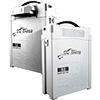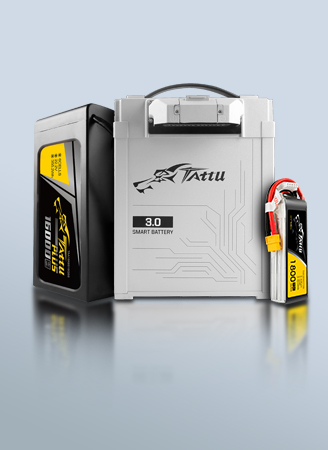Recycling of PV panels can improve the performance of lithium batteries?
Recycling of PV panels can improve the performance of lithium batteries?
A new study recently published shows that silicon, which plays an important role in solar panels, can have unexpected effects in lithium batteries.
Previously, despite the positive sunshine side of the photovoltaic industry, it was heavily criticized for environmental recycling. Now, Australian scientists have come up with the idea of reusing one of the toughest but most valuable components–semiconductor silicon.
Some solar panel assemblies are easier to recycle than others
The research team said that a solar panel can be used for 15 to 25 years. Although most of them are glass, metal, and plastic, the silicon is not so easy to extract and reuse. Each PV panel uses very little silicon, but experts predict that by 2050 we will generate 5 million tons of photovoltaic panel waste. In view of this, the pursuit of a comprehensive recycling strategy is worth considering. As a material responsible for converting solar energy into electricity, silicon plays a vital role in photovoltaic panels, but its value may not stop there. Materials scientists at Deakin University in Australia say they not only propose a way to extract and reuse it but also demonstrate its potential as a high-energy battery anode. In an interview with New Atlas, Dr. Mokhlesur Rahman said that some research groups from around the world have been actively developing recycling processes to recover elements and components from waste photovoltaic (PV) panels. Unfortunately, even though many elements have been recovered, no one has studied the subsequent application of recycling silicon, converting it to nano-silicon, and using it for battery technology. In view of this, Rahman and his research partner, Professor Chen Chen, proposed a technology that uses the electron transfer capability of waste silicon and revitalizes it. Essentially, this technology revolves around the reduction of silicon to nanoscale materials for lithium-ion battery applications. This process allows the material to have an irregular shape, but as Rahman explains, this may be a good thing.
Rahman pointed out: "It is speculated that the size and shape of the nano-silicon material obtained may be less uniform, because morphological and structural defects occur when nano-silicon is recovered through various steps."
However, this type of nano-silicon can provide more benefits than commercial nano-silicon. The uneven shape and size mean that these silicon nanoparticles have more free space and extra porosity inside to promote the transportation of electrolytes. In this way, it can better adapt to the volume expansion and contraction that occurs during the charge and discharge cycle of the lithium-ion battery. According to the researchers, nano silicon can achieve 10 times the energy storage of ordinary silicon in the same space.
According to current theory, this can lead to more powerful lithium-ion batteries. However, preliminary studies have shown that recycled silicon has at least the same properties as commercial silicon, providing a new recycling and recycling method for silicon materials. It is reported that the current price of silicon material is about 44,000 Australian dollars per kilogram, about 30,000 US dollars / 2.2 pounds.
Learn more about battery
Keep an eye on Grepow’s official blog, and we’ll regularly update industry-related articles to keep you up-to-date on the battery industry.
Grepow: https://www.grepow.com/
Grepow Blog: https://www.grepow.com/blog.html
Related Articles
-
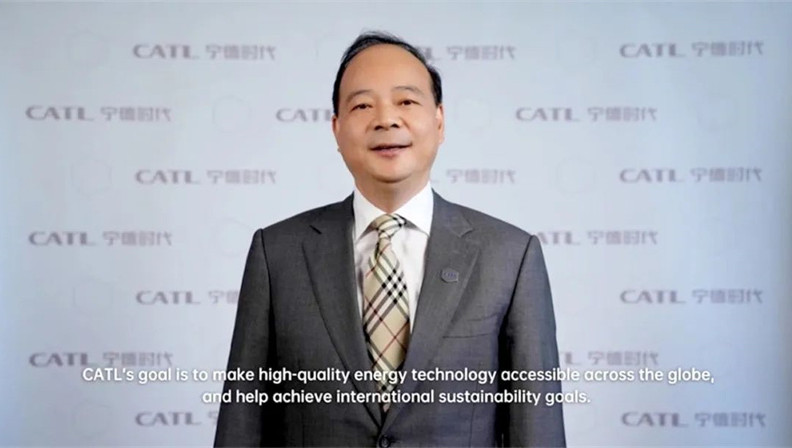
CATL Chairman Yuqun Zeng Awarded Nobel Prize for Sustainable Development Contributions
2023-11-10 -
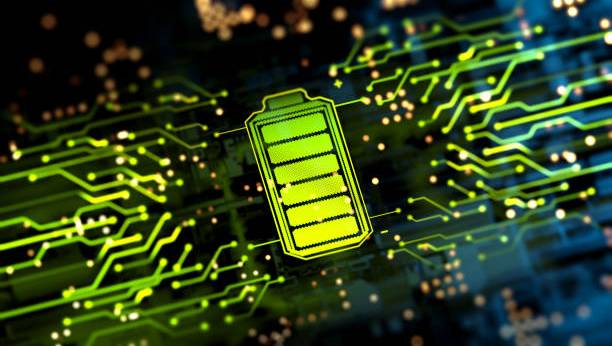
Resistance and Conductivity in Electric Batteries: A Simplified Explanation
2022-12-28 -
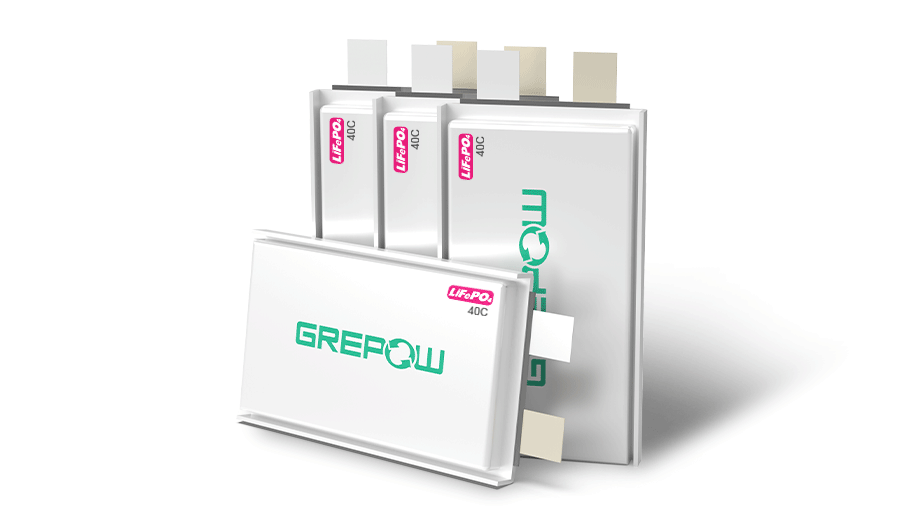
What Is A Soft Pack Lithium Iron Phosphate (LiFePO4) Battery
2022-12-16











